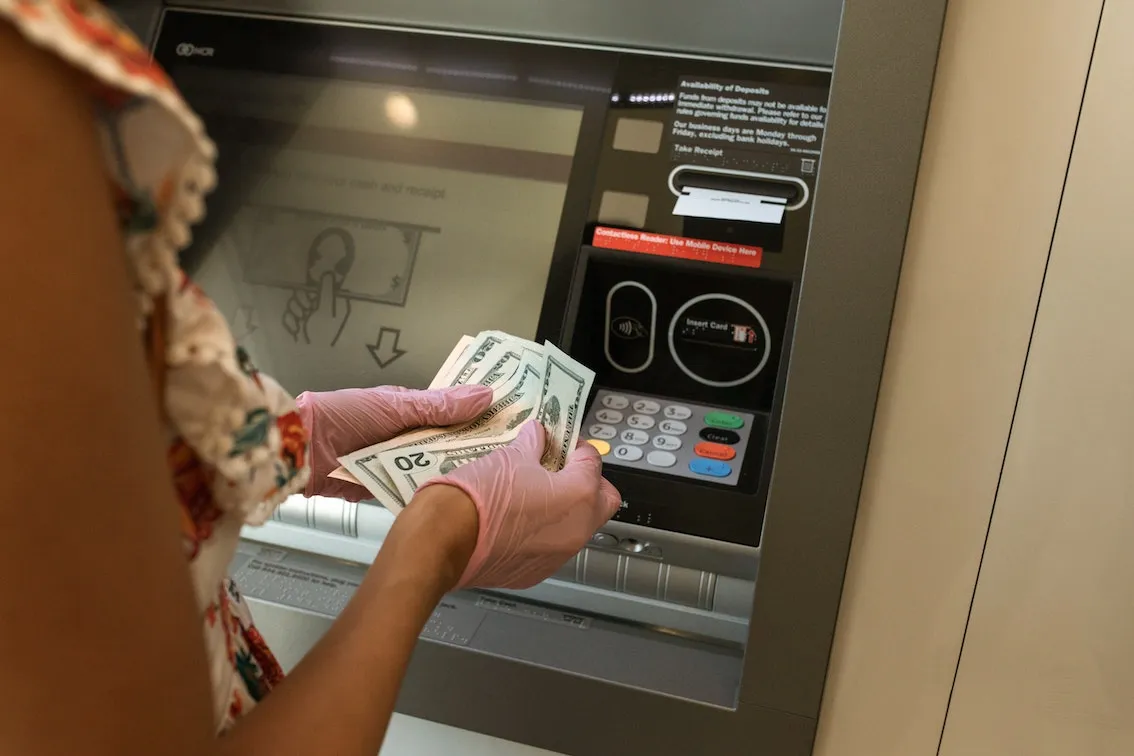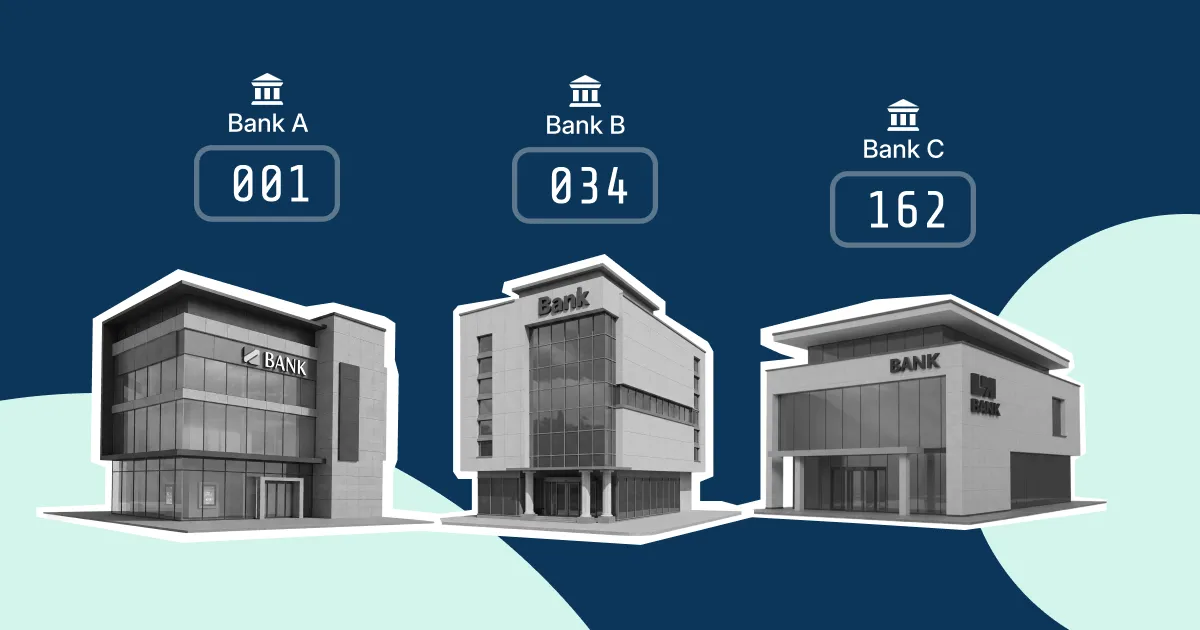Summary
When receiving your account statement each month, do you find yourself puzzled by the number of unnecessary fees you are paying? While these may be small and hidden amounts, these easy-to-miss expenses could be costing your startup money that could be spent growing your business.
Pay close attention as we uncover the most concealed bank fees and how you can avoid them.
The 10 Most Common Hidden Bank Fees Explained
1. Account maintenance fee
Similar to service fees, account maintenance fees are one of the most common expenses charged by banks. While most banks don’t necessarily go into great detail to specify where these fees go, they generally go towards funding the human and material costs needed to maintain your account. This is usually automatically withdrawn from your account each month.
It’s worth noting that this fee is avoidable. You can get a business account with some payment service providers that allow cardholders to get rid of this expense fully by meeting a few requirements. These include maintaining a minimum balance or linking your checking account.
2. Minimum balance fee
Some banks in the country, charge minimum balance fees. The moment your account dips below your minimum balance, you will be charged. The purpose of such charges is to give banks more access to deposits, which allows them to maintain regulatory requirements, lend more money, and profit from fees if balances are not maintained.
If you want to avoid a minimum balance fee on your account, do your homework and look for an option that caters to your financial health and needs.
3. Online access fee
In this digital age, you’d think that internet or mobile banking activities like making a wire transfer would be the norm at no additional cost. Unfortunately, some banks still charge their customers an online access fee for using their digital services. That said, you may want to look for alternatives like business accounts from payment service providers that will not charge you for these common services.
These fees are often disguised as “remote banking fees”, so be sure to keep a lookout for that.

4. Overdraft fees
An overdraft fee is what banks charge you each time a withdrawal or your payment exceeds the available balance in your account. For example, when you spend $200 but only have $150 in your account, the bank will cover the difference for you.
In addition to covering the transaction, the bank also applies the fee to your account, resulting in an overdraft fee.
5. Card replacement fee
Losing your card will always come at a price. If your card is stolen or lost, banks normally charge a card replacement fee to get it replaced. This covers everything from producing a new card to mailing it to your designated address.
For those who need their card replacement rushed, some banks offer expedited shipping for an additional fee.
6. Early closure fee
Account closure fees are typically charged when you close an account too soon from the date of opening it. This is meant to discourage users from taking advantage of sign-up bonuses and other rewards for new customers.
Anywhere from three to six months is considered an early closure but it still varies from bank to bank.

7. Inactivity fee
If your bank account has been inactive for a long period, you will be charged an inactivity fee. Banks would either close your account after a certain period or charge monthly payments for the lack of account activity. But if there’s still money left in the account, try contacting your bank representative to reclaim the funds.
Depending on your chosen bank, an account can be deemed inactive if it hasn’t been used anywhere from one to five years.
8. Foreign transaction fees
It’s common knowledge that making transactions abroad will result in foreign transaction fees. This fee is applied when a transaction is passed through a foreign bank or processed in a foreign currency apart from your own.
Typically, most banks in Singapore charge 3.25% on such transaction. One of the easiest ways to avoid this expense when overseas is to consider opening a multi-currency credit card or refrain from using foreign ATMs.
9. Paper statement fee
Arguably, this is one of the most annoying charges among business owners that can be avoided easily. With the prevalence of online and mobile banking, banks have started charging paper statement fees. Since most bank statements nowadays can be retrieved online, requesting a physical copy of your statement may now cost you a few dollars.
While this may be an inexpensive expense among many others, it may be best to opt-out of it especially if you are comfortable receiving your statements digitally.
10. Non-sufficient funds fee
When you try to spend more money in your account than you currently have, you will be charged with a non-sufficient funds fee. Sometimes referred to as an insufficient funds fee, this occurs when individuals don’t have enough money in their account to cover an entire transaction.
When the bank doesn’t cover you, the specific credit union will reject the transaction and charge the fee. If you have written a check, it may bounce and eventually still lead to a charge to your account. To avoid this from happening, opt for low-balance alerts from your bank to notify you when your balance is running low.

How to Avoid Such Unnecessary Fees
It is easy to feel overwhelmed by all these fees, but there are various ways to combat them. The first method is to negotiate fees with your bank. Certain fees that you can work out include:
- Overdraft fees
- Account maintenance fees
- Transfer fees
If that fails to work, consider trying out a Business Account from payment service providers in Singapore. While these institutions are considered newer entrants in the finance industry, they have been recognised by the Monetary Authority of Singapore and will operate alongside traditional banks to provide accessible financial services to underserved segments.
Why not try the Aspire Business Account?
For those looking to take it a step further and avoid all these fees altogether, it might be worth giving the Aspire Business Account a shot - which is all about transparency.
Operating completely online, you can finally say goodbye to monthly fees, fall-below fees, and minimum balances. What’s more, earn as you spend with 1% cashback on all qualified digital marketing and SaaS spend. If that’s not impressive, we don’t know what is.
Open a free account today and experience what an all in one finance operating platform feels like.










%201.webp)


.webp)